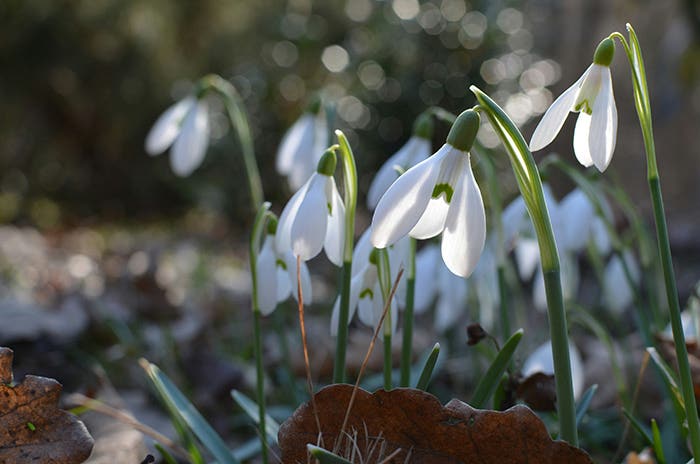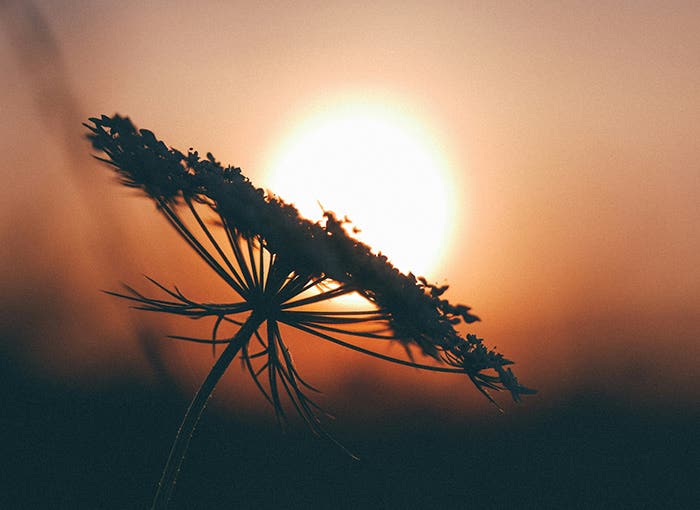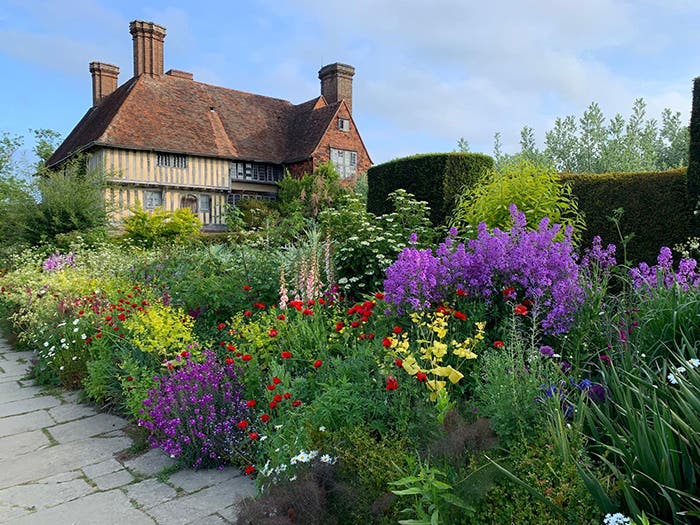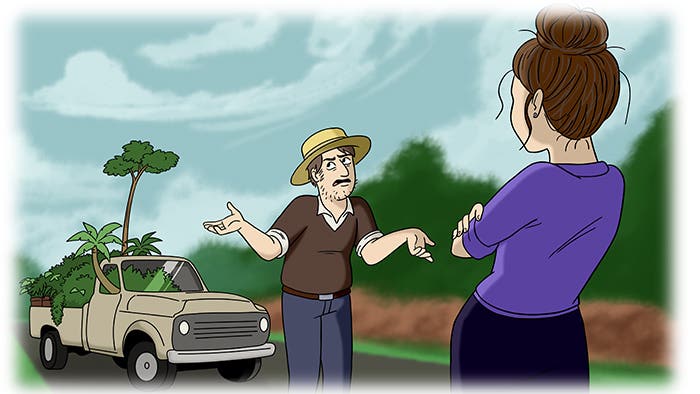Easy-to-Follow Tips for Growing Trees In Pots
Japanese maples are the very best selection for growing trees in pots (or containers). Their incredible diversity of color and form provides an inspiring selection from which to choose, while their slow growth habit and their shallow, fibrous roots perfectly suit them to container culture. Expert grower Patricia Smyth shares these easy-to-follow tips.
Japanese maples are the very best selection for growing trees in pots (or containers). Their incredible diversity of color and form provides an inspiring selection from which to choose, while their slow growth habit and their shallow, fibrous roots perfectly suit them to container culture. Expert grower Patricia Smyth shares these tips.
Right Tree to Grow in a Container
Choosing a container that suits your garden will first depend on the size of your tree. For optimum health and root growth from a young tree, graduate pot size by doubling the volume of soil. Therefore if you buy a tree in a one-gallon pot, choose a container that holds two or thee gallons of soil. As the tree matures you’ll keep doubling the size of the container until the tree reaches the desired size. You can then use root pruning and reduction pruning to maintain its size and keep the tree in that same container.
Right Choice for Growing Trees in Pots
Growing trees in pots or containers is a long-term project. Maples can live to be more than 100 years old. Find a container that is durable against the elements, and anticipate the need to lift or move it at times. I have been using polyethylene bowls for my trees for the last five years.
They are not damaged by extremes in heat or cold, and they have the appearance of stone or ceramic without the weight. I have kept trees in well-constructed redwood boxes for more than 10 years, through several root prunings, with only the bottoms replaced. It is beautiful how the character of the wood evolves as the tree matures.
Maintenance: Repotting and Pruning
Once you have selected and planted your tree and container, there will be several years of minimal maintenance. After perhaps two to five years it will be necessary to replace the exhausted soil in the container and revitalize the root system with root pruning. You’ll know it’s time when the tree puts out very little or no new growth. It may look discolored or deformed due to nutrient deficiency. You can also check the soil with your fingers to determine if roots have compacted in the container. A compacted root system doesn’t allow room for the water and air necessary for the health of the tree.
Here are some tips for choosing companions plants to grow along with your Japanese maples.
Patricia Smyth’s Favorite Trees to Grow in Containers
Upright: ‘Tsukushigata’, ‘Shigtatsu sawa’, ‘Orange Dream’, ‘Koto no Ito’, ‘Bonfire’, ‘Beni Maiko’
Wide spreading: ‘Omurayama’, ‘Kasagi yama’, ‘Oshu shidare’, ‘Sister Ghost’, ‘Peaches and Cream’, ‘Oregon Sunset’
Dwarf: ‘Kuro Hime’, ‘Mikawa Yatsubusa’, ‘Sharps Pygmy’, ‘Shishio hime’, ‘Corallinum’, ‘Shidava Gold’
Weeping/cascading: ‘Ornatum’, ‘Red Dragon’, ‘Spring Delight’, ‘Green Mist’, 'Orangeola’, ‘Beni kumo no sa’
Patricia Smyth owns Essence of the Tree, a mail-order nursery specializing in Japanese maples. An expert in gardening with these trees, she inherited a love for them from her mother.







